December 2024, N°3
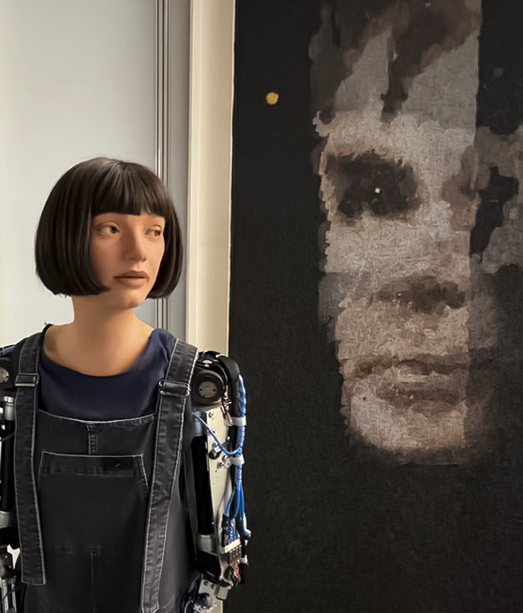
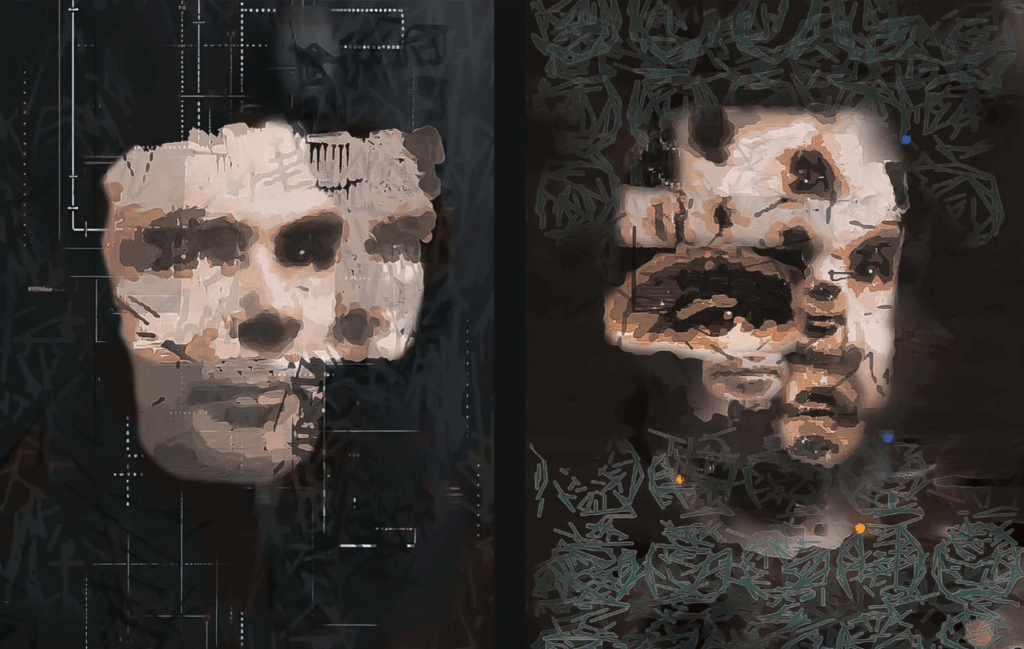
There is not a single field today that is untouched by the possibilities—already real or still promised—of artificial intelligence. Some play the role of Cassandra, like historian Yuval Noah Harari who, in his latest book Nexus: A Brief History of Information Networks from the Stone Age to AI, warns against this agent-technology, endowed with autonomy and initiative. On November 7, the prestigious auction house Sotheby’s sold The Portrait of Alan Turing, created by the world’s first robot-artist, for over a million dollars. Created by British gallerist Aidan Meller and named Ai-Da, she can paint, draw, sculpt, and write poetry, and her works are exhibited in various museums. Even the field of craftsmanship—traditionally the domain of materials and the memory of gestures, marked by the seal of authenticity—is beginning to embrace this technology. In short, all of this gives us much to reflect on regarding how AI might impact the creativity of craft. That is the modest ambition of this third issue of Papiers.
/ "The Portrait of Alan Turing", created by the robot Ai-DaLa, is equipped with artificial intelligence that allows her, among other things, to draw, paint, and write...
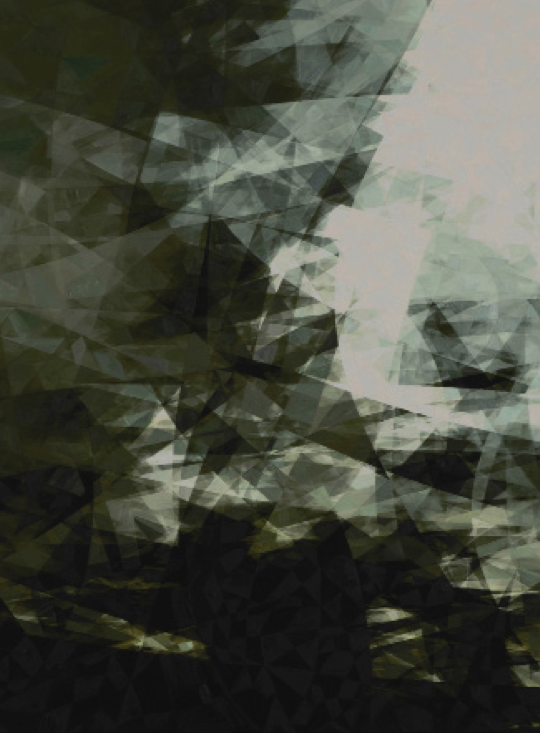
A NEW TOOL FOR ARTISTIC CRAFTSMANSHIP
“I see AI as a tool that allows me to create sculptures and paintings.” A clear-cut statement from the collective aurèce vettier, which clarifies the role assigned to artificial intelligence in its creative process—a process that merges formal and algorithmic research with poetry and fine craftsmanship. AI is used to process large volumes of personal, even intimate, data and to extract from it a kind of essence. The collective’s practice spans a wide range of media—from bronze sculpture to NFTs—bringing to life a hybrid ecosystem that belongs to the realm of the “a-real”, the result of relentless back-and-forths between our tangible world and the space of data, further and further blurring the boundary between real and virtual. A striking example is the Potential Herbarium: a mysterious herbarium that, at first glance, appears entirely natural. But a closer look reveals anomalies in the leaves or branches—subtle distortions generated by AI and fully embraced by aurèce vettier as part of these new, hybrid, and resolutely poetic ecosystems conjured by its algorithms.
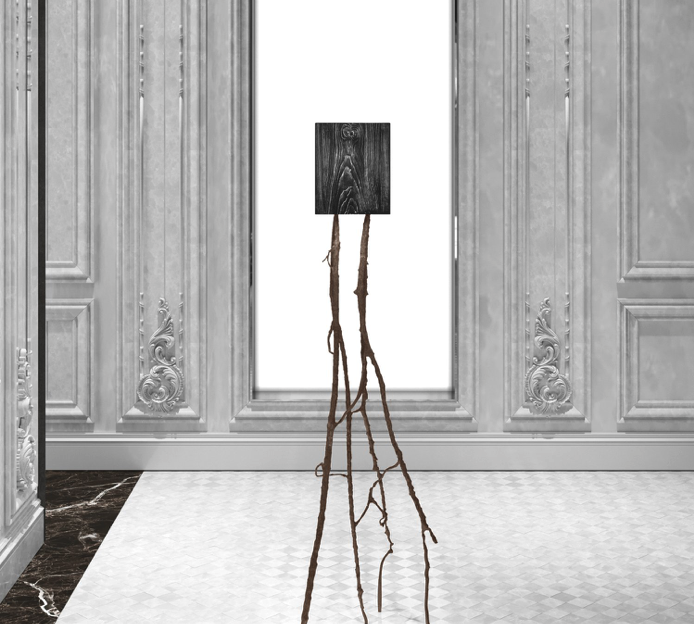
/ Aurèce vettier x Gilles & Boissier, “The Botanist’s Cabinet", AI-generated forms, a work exhibited at the Musée des Archives Nationales.
AI IN THE CREATIVITY OF LUXURY HOUSES: TO BE OR NOT TO BE?
Craftsmanship, gesture and the hand, slow time, authenticity, and the beauty of materials form an unbreakable grammar for luxury brands and houses. In this context, artificial intelligence is understandably approached with caution. According to a joint study by consulting firm Bain & Company and the Comité Colbert, titled Luxury and Technology – Artificial Intelligence: The Quiet Revolution, "acceptance among executives remains very limited, with fewer than 3 in 10 Houses not opposed to the integration of AI in this field." Yet, AI is quietly making its way into certain aspects or stages of the creative process: 21% of Houses consider using it for trend forecasting, and 34% report being in the testing phase of AI tools for product design. In this regard, Maison Dom Pérignon stands out as a pioneer. Its collaboration on two exceptional limited editions with designer Mathias Bengtsson—renowned for revealing the subtleties of nature through cutting-edge technology—resulted in two sculptures inspired by biomimicry. Starting from a “digital seed” DNA selected by the artist and fed into an algorithm he developed, the growth of the artwork was influenced—much like climate shapes the vine. However, reality reasserts itself in this creative process: the digital conception passed through a foundry and artisan workshop specializing in fine art production, where craftspeople meticulously assembled the sculptures, piece by piece, transforming virtual design into tangible matter. AI also played a role in generating poetic, renewed imagery of savoir-faire for the project—far removed from the clichéd images of tools and hands at work. These were visuals only the human imagination, assisted by AI, could bring to life.
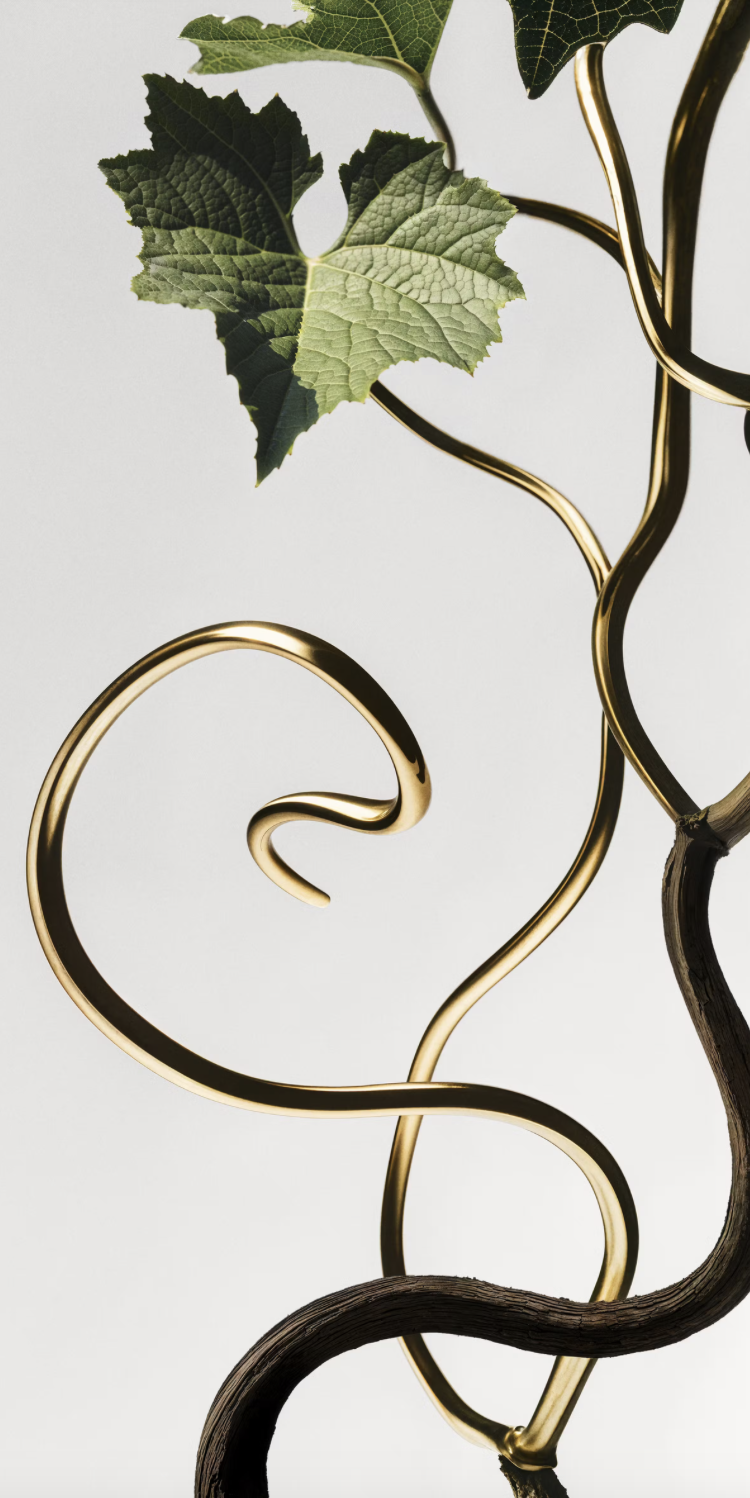
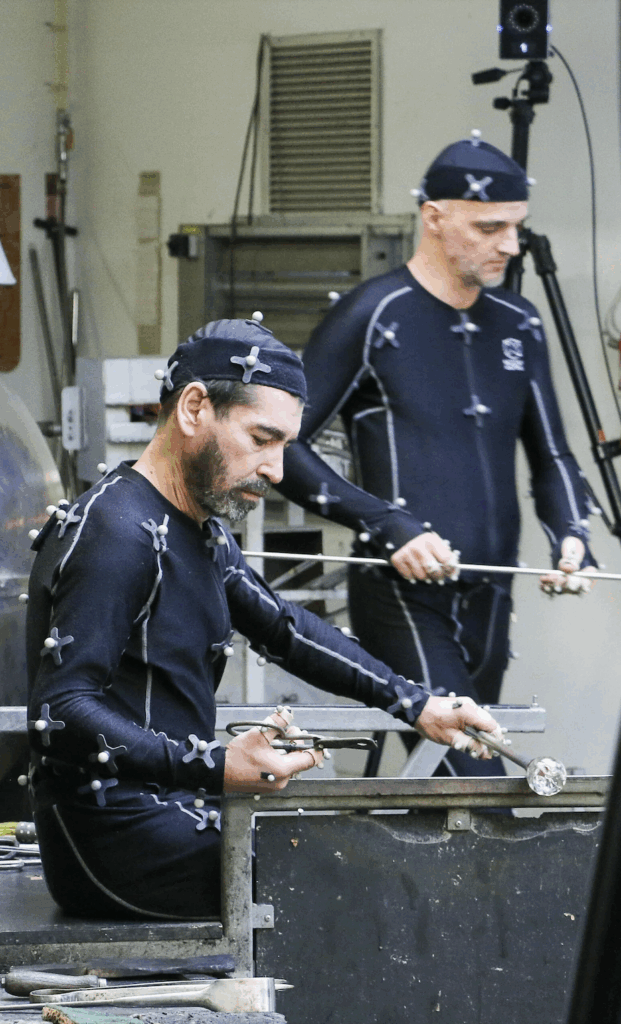
AI TO THE RESCUE OF THE MEMORY OF CRAFT
One of the key challenges in the world of craftsmanship is the survival of certain techniques and gestures, which risk disappearing if generational renewal among skilled artisans is not secured. This concern led the Centre for Research and Training on Glass (CERFAV) to launch the Ghost project, built around three pillars—Preserve, Learn, Support—and focused on spaces dedicated to training and the transmission of know-how. The development of modern capture technologies (sound, movement, etc.) and their use by algorithms now offer powerful tools for preserving both tangible and intangible heritage. In practice, a Meilleur Ouvrier de France (Master Craftsperson) dons a motion-capture suit, similar to those used in animated film production, to record their gestures. AI then processes this data to generate a universal model of the movements. Surprisingly, it is often the most traditionally rooted artisans who are the first to embrace such cutting-edge technologies, bridging low-tech and high-tech. This approach also creates a kind of training room, a space where one can experiment, test, and learn from mistakes—without the pressure of the workshop or the cost of consuming valuable materials.
